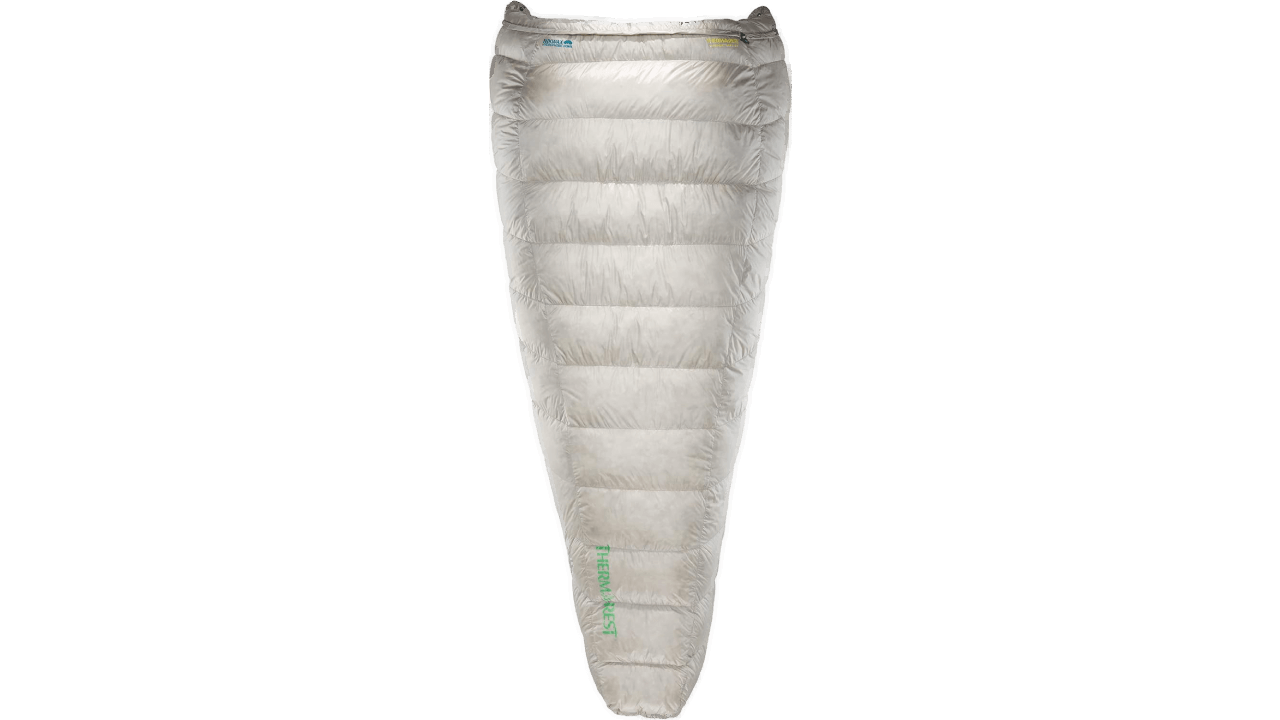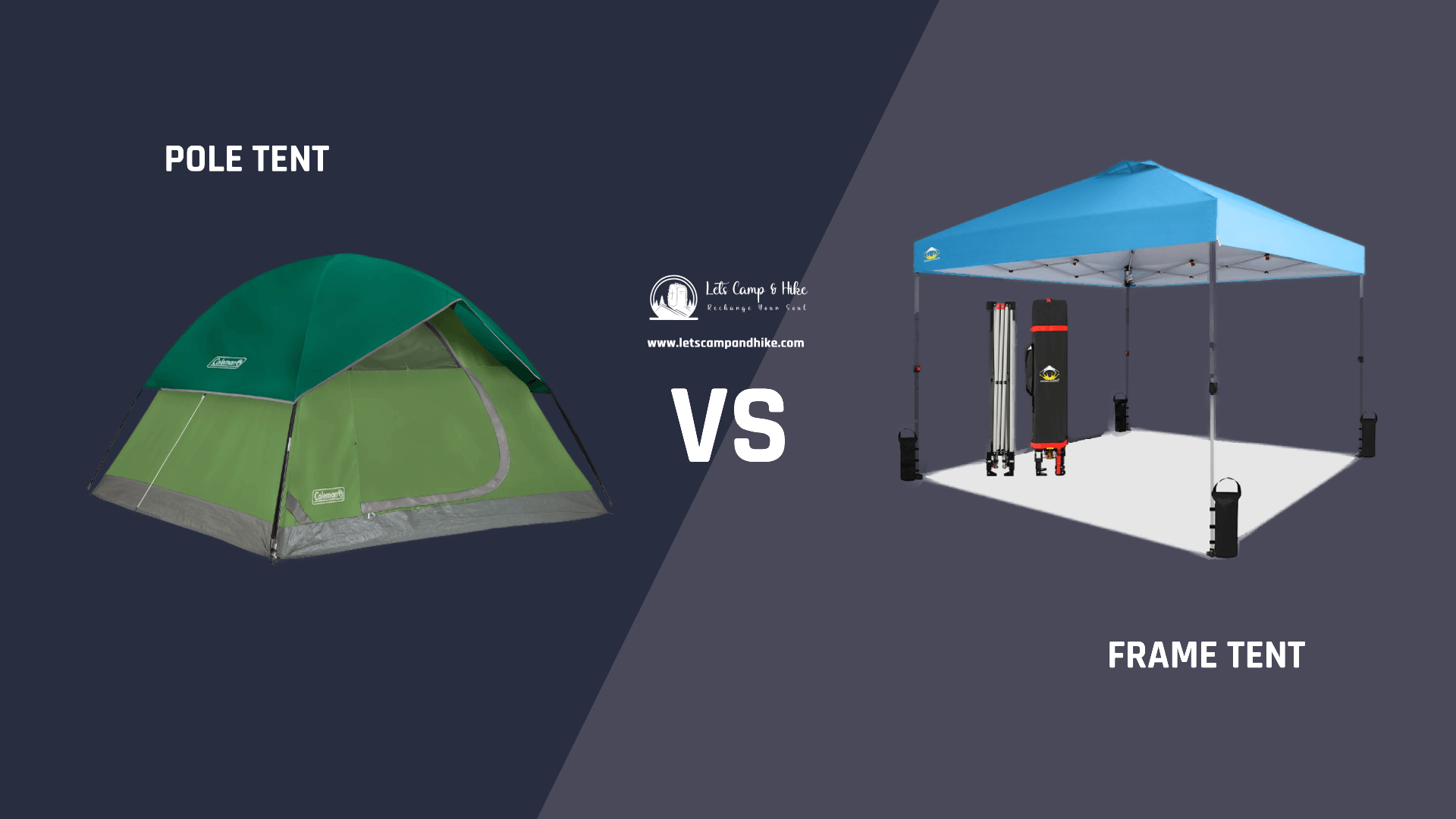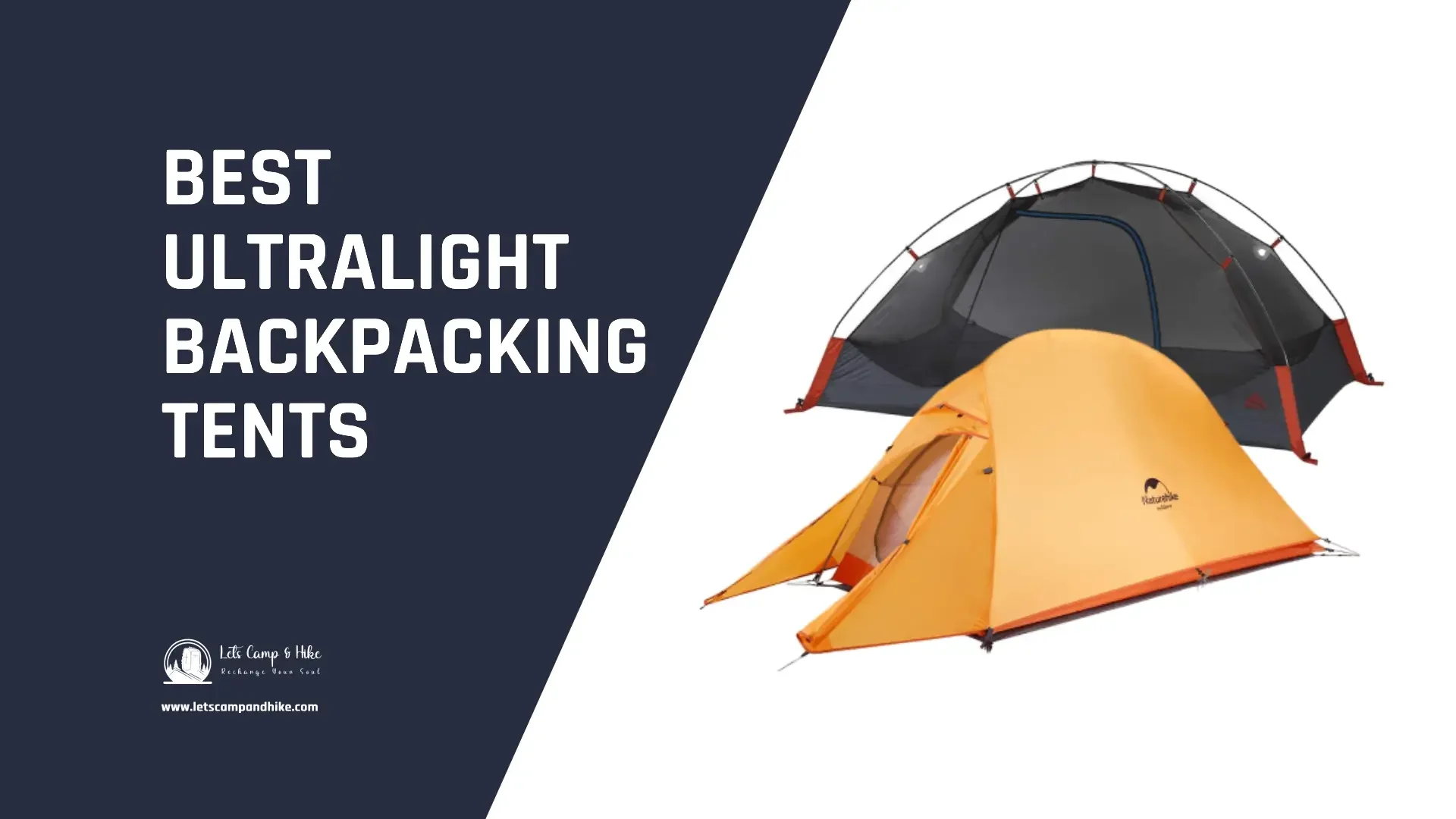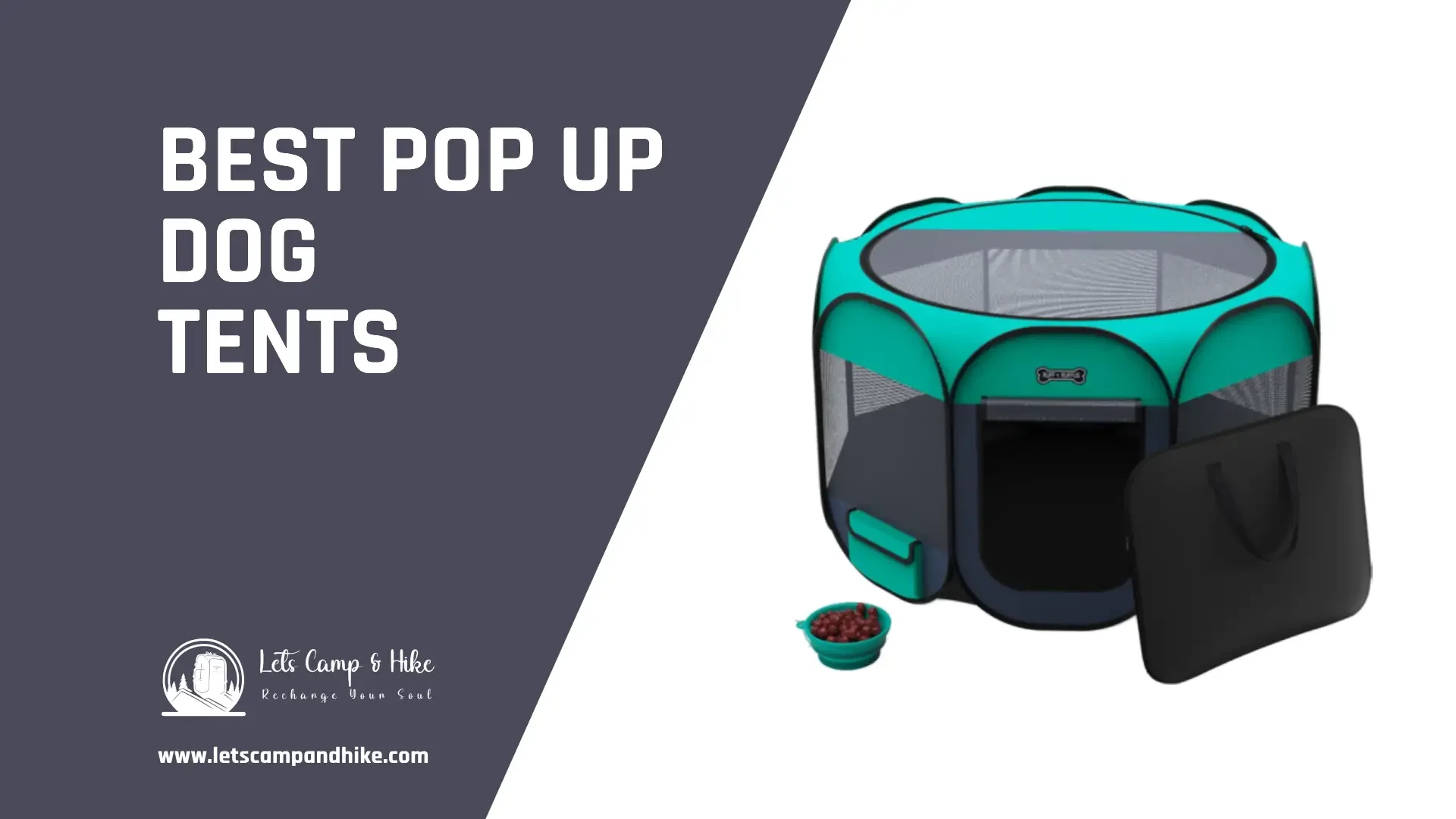Having the right gear is critical when enjoying a successful camping or backpacking trip. Your sleep system is one of the most important of all the gear you might carry. The Quilt and the sleeping bag are two of the most popular options for adventurers and campers. But how do you decide which is better for your needs? Let’s dive into the Quilt vs Sleeping bag comparison, exploring the pros, cons, and best use cases for both.
- Also read:
Quilt vs Sleeping Bag: Comparison Table

Here’s a comparison table of the Quilt vs Sleeping Bag, making it easier to compare their features side by side. This table highlights the key differences and similarities between the Quilt and Sleeping Bag, making it easier to compare which one suits your camping style.
Feature | Quilt | Sleeping Bag |
Preview | ||
Design | Open on the bottom, no zippers, relies on sleeping pad for insulation. | Fully enclosed, includes zippers and hood for all-around insulation. |
Warmth | Depends on sleeping pad for ground insulation. May require careful setup to avoid drafts. | Offers full-body insulation, excellent warmth retention, especially in cold weather. |
Weight | Ultralight, typically lighter than sleeping bags, especially when made of down. | Heavier due to full insulation, zippers, and hoods. Synthetic bags tend to weigh more. |
Packability | Highly compressible and compact, ideal for saving space in your backpack. | Bulkier and takes up more space, especially synthetic sleeping bags. |
Best Use | Ultralight backpacking, warm weather, versatile for different sleep styles. | Cold weather camping, mountaineering, high-altitude adventures. |
Comfort | Provides more freedom of movement, better for side sleepers and those who toss and turn. | Enclosed design can feel restrictive for some; better for those who prefer a snug fit. |
Versatility | Can be adjusted for different temperatures and sleeping styles. | Limited versatility, primarily designed for specific temperature ratings. |
Weather Resistance | Vulnerable to drafts, but good with proper sleeping pad setup. Not as effective in wet or windy conditions. | Offers superior weather protection, especially in damp or wet environments. |
Durability | Lightweight fabrics may wear faster, but generally durable with proper care. | More robust due to additional materials like zippers and thicker insulation layers. |
Temperature Range | Suitable for mild to moderate temperatures. Extra setup needed for cold weather. | Excellent for cold temperatures, typically rated for lower temperatures than quilts. |
Setup | Requires careful setup to avoid drafts and cold spots, especially in windy conditions. | Simple to use, with fewer concerns about setup compared to quilts. |
Draft Control | More prone to drafts, depending on how it's secured to the sleeping pad. | Less prone to drafts, with zippers and hoods that seal warmth inside. |
Flexibility | Highly flexible; can be used for a range of conditions by adjusting insulation and pairing with the right sleeping pad. | Less flexible, primarily designed for specific temperature ratings and environments. |
Price |
Understanding Quilts and Sleeping Bags
What is a Quilt?
In the context of backpacking, a quilt refers to a minimalist sleeping system that provides insulation only on the top and sides of your body. Unlike traditional sleeping bags, quilts are open on the bottom, relying on your sleeping pad to provide insulation from the ground. The absence of zippers and the open design significantly reduce weight, making quilts a popular choice for ultralight backpackers.
Backpacking quilts have gained popularity due to their simplicity, versatility, and reduced bulk. They are designed to trap heat using only top insulation, with a sleeping pad as the base insulation. By shedding excess fabric and zippers, quilts focus on providing warmth in a lightweight, compact form, which is highly appealing for long-distance hikers.
- Occupancy: 1 Person
- Temperature Rating: To 20 degrees Celsius
- Material: Nylon
What is a Sleeping Bag?
On the other hand, sleeping bags are the more traditional choice for campers and backpackers. A sleeping bag is a fully enclosed system designed to surround the entire body in insulation, often with a zipper closure. The mummy-shaped sleeping bag is the most common design, which closely hugs the body to minimize heat loss.
For many, the full-body cocoon of a sleeping bag offers a feeling of security and consistent warmth, making them an enduring favorite for cold-weather camping. While sleeping bags can be heavier and bulkier than quilts, they provide superior protection against the elements, making them an ideal option for various camping scenarios.
- Occupancy: 1 Person
- Temperature Rating: To 10 – 20 degrees Celsius
- Material: Nylon
Quilt vs Sleeping Bag: Key Factors to Consider in the Comparison
When deciding between a quilt and a sleeping bag, it’s essential to understand how they compare regarding key factors like warmth, weight, comfort, and durability. Here, we break down these basic elements.
Warmth and Insulation
Quilts
The primary difference in insulation between quilts and sleeping bags lies in their design. Quilts provide top-only insulation, relying on a sleeping pad to keep the camper warm from underneath. This design reduces weight but can also lead to heat loss if the sleeping pad is not properly insulated. Quilts typically feature straps or clips to secure them around the sleeper, helping to minimize drafts.
Sleeping Bags
Sleeping bags, by contrast, wrap entirely around the body, providing full-body insulation. Mummy-style bags are incredibly efficient in retaining heat, as their snug fit minimizes air pockets where heat could escape. Sleeping bags are typically rated for lower temperatures than quilts, making them the better option for colder climates or higher altitudes where warmth is a priority.
Temperature Ratings
Both quilts and sleeping bags are available in various temperature ratings, but sleeping bags generally offer better cold-weather performance. Due to its full enclosure, a sleeping bag rated for 20°F will likely provide more consistent warmth than a quilt rated for the same temperature.
Weight and Packability
Quilts
Quilts are the go-to option for backpackers looking to shave weight off their gear. Without zippers, hoods, or full-body insulation, quilts are often lighter and more compressible than sleeping bags. Quilts made from down insulation can be incredibly lightweight, sometimes weighing as little as a pound. This makes them an excellent choice for thru-hikers and ultralight backpackers.
Sleeping Bags
While sleeping bags vary in weight depending on their design and insulation material, they tend to be heavier than quilts. Down sleeping bags are lighter than their synthetic counterparts. However, they can still weigh more than a quilt due to the full-body insulation and added features like zippers. Packability is also affected, with sleeping bags often occupying more space in a backpack than a quilt’s highly compressible design.
Versatility and Comfort
Quilts
One of the most appealing aspects of a quilt is its adaptability. Without the restrictive shape of a sleeping bag, a quilt allows for greater freedom of movement, making it a more comfortable option for side sleepers or those who toss and turn throughout the night. Quilts can also be used in a broader range of temperatures, as they can be opened up or adjusted to accommodate warmer conditions.
Sleeping Bags
Sleeping bags provide a more traditional and snug sleeping experience. Many campers prefer a sleeping bag’s enclosed, cocoon-like warmth, particularly in cold weather. However, the confined design of a sleeping bag can feel restrictive for some sleepers, especially those who move frequently.
Durability and Weather Resistance
Quilts
Because quilts rely heavily on proper setup and pairing with a good sleeping pad, they can be vulnerable to drafts, especially in windy conditions. However, high-quality quilts are made from durable, water-resistant materials that can withstand regular use. It’s important to note that quilts require careful setup to avoid cold spots and ensure adequate insulation.
Sleeping Bags
Sleeping bags offer better weather protection due to their full enclosure. Most sleeping bags are made with durable, water-resistant shells to protect against damp conditions, and zippers and hoods ensure that drafts are minimized. Sleeping bags are generally more weather-resistant and better suited for wet or unpredictable situations.
Quilt vs Sleeping Bag: Pros and Cons Pros and Cons of a Quilt
Pros:
- Lightweight and compact, ideal for ultralight backpacking
- Adaptable for different sleeping styles and temperatures
- More breathable and less restrictive compared to a sleeping bag
- Quick and easy to pack
Cons:
- Less effective in cold or windy conditions without proper sleeping pad insulation
- Vulnerable to drafts, especially in poor weather conditions
- Requires a good sleeping pad for ground insulation
- It can be tricky to set up properly to avoid cold spots
Pros and Cons of a Sleeping Bag
Pros:
- Excellent warmth and weather protection, even in cold and wet conditions
- Provides full-body insulation with consistent heat retention
- No need for as much setup as quilts, making them easier to use in cold climates
- Available in a wide range of temperature ratings
Cons:
- Heavier and bulkier compared to quilts, especially when packed
- Restrictive in terms of movement, especially for side sleepers
- It can be too warm or stuffy in mild to warm weather
- Typically, it takes longer to dry if exposed to wet conditions
Best Use Cases for Quilts and Sleeping Bags
When a Quilt is the Best Choice
Ultralight backpacking or thru-hiking: Quilts are the clear winner for long-distance hikers who must keep their pack weight as low as possible. The ultralight design and compressibility make quilts ideal for multi-day trips where weight is a top concern.
Mild to warm weather camping: For summer camping or trips where temperatures remain above freezing, a quilt provides plenty of insulation without the risk of overheating.
When flexibility in sleep style is a priority: If you toss and turn at night or prefer to sleep on your side, a quilt offers the freedom to move without the restriction of a mummy-shaped sleeping bag.
- Occupancy: 1 Person
- Temperature Rating: To 20 degrees Celsius
- Material: Nylon
When a Sleeping Bag is the Best Choice
Cold-weather camping and mountaineering: In freezing temperatures, the full-body insulation of a sleeping bag provides superior warmth, making it the best choice for winter camping or high-altitude adventures.
High-altitude or expedition settings: Sleeping bags are better equipped to handle extreme weather conditions, with critical warmth and weather resistance.
When warmth and full-body insulation are critical: If your primary concern is staying warm through the night, especially in cold or wet weather, a sleeping bag is your safest bet.
- Occupancy: 1 Person
- Temperature Rating: To 10 – 20 degrees Celsius
- Material: Nylon
Conclusion
There’s no one-size-fits-all answer when choosing between a quilt and a sleeping bag. Both sleep systems have their advantages and drawbacks, depending on the camper’s specific needs. Quilts offer lightweight, versatile, and minimalist sleeping options ideal for warm weather and ultralight backpacking. On the other hand, sleeping bags excel in cold and wet conditions, providing superior warmth and protection.
Ultimately, the best choice depends on your camping style, the weather conditions you’ll encounter, and your personal comfort preferences. Whether you choose the adaptability of a quilt or the all-encompassing warmth of a sleeping bag, both options offer a reliable sleep system to ensure restful nights in the great outdoors.
Keep up with Let’s Camp & Hike to learn more about camping and hiking tips and tricks.
Why Trust The Let’s Camp & Hike?
In every review, the Let’s Camp & Hike team conducts thorough research and spends hours reviewing the top models before recommending products.
Among other requirements, a product must have a strong track record of sales on Amazon, primarily favorable customer feedback, and special features to join our list of the best options.
Once we have whittled down our list of suggestions, we conduct more investigations and perhaps in-person testing to ensure the goods live up to our expectations. After the research phase, we create a comprehensive, easy-to-read article with our top picks and extra details to assist outdoor enthusiasts like you in making the best choice.
faqs
What is the main difference between a quilt and a sleeping bag?
The primary difference is in the design. Quilts are open on the bottom and rely on a sleeping pad for ground insulation, offering more flexibility and less weight. Sleeping bags are fully enclosed, providing all-around insulation and often a hood for extra warmth.
Are quilts warmer than sleeping bags?
Generally, sleeping bags are warmer than quilts because they provide full-body insulation, including underneath. Quilts rely on the sleeping pad for insulation from the ground, so their warmth can vary depending on the pad’s quality and how well the Quilt is secured to prevent drafts.
Which is better for ultralight backpacking: a quilt or a sleeping bag?
For ultralight backpacking, quilts are typically the better option. They are lighter, more compressible, and take up less space in your pack than most sleeping bags, making them ideal for thru-hiking or multi-day trips where every ounce counts.
Can I use a quilt in cold weather?
Yes, but it requires careful setup with a high-quality, insulated sleeping pad and attention to draft control. Sleeping bags are generally better suited for icy conditions because they provide more consistent warmth and weather protection.
What kind of sleeping pad should I use with a quilt?
When using a quilt, it’s essential to pair it with an insulated sleeping pad. The pad should have a high R-value (a measure of insulation) to protect you from the cold ground. Self-inflating or foam pads with an R-value of 4 or higher are typically recommended for cooler weather.




























